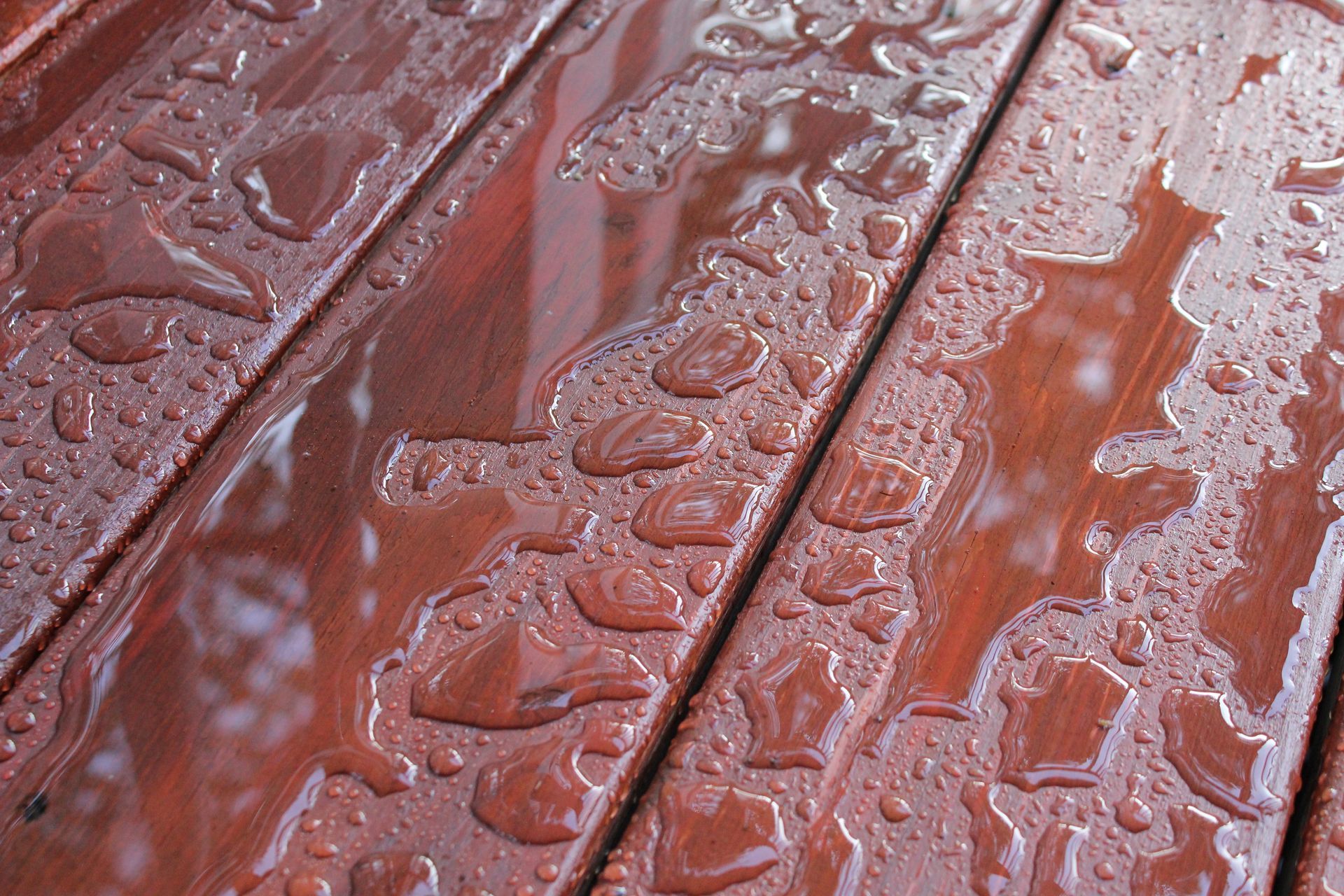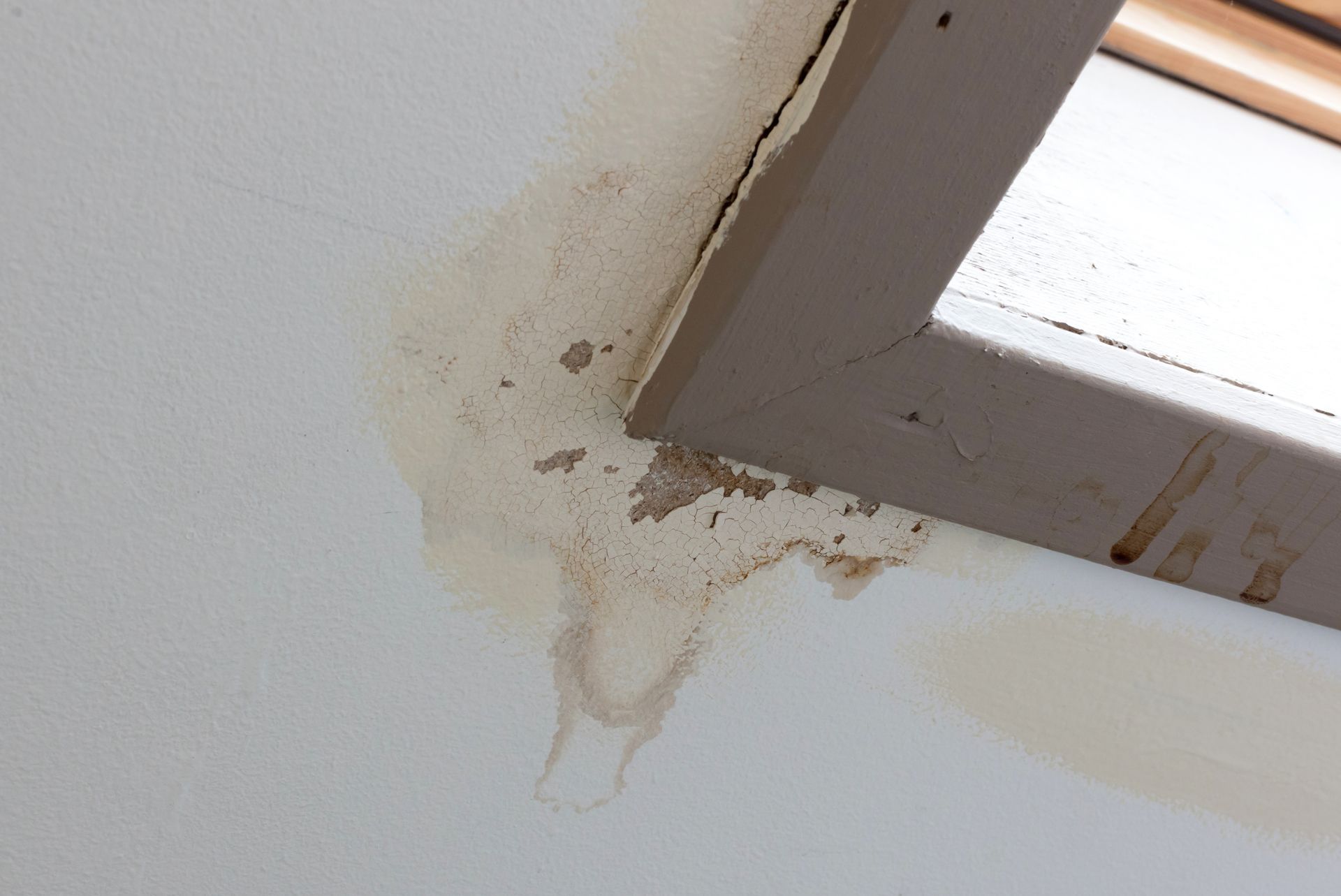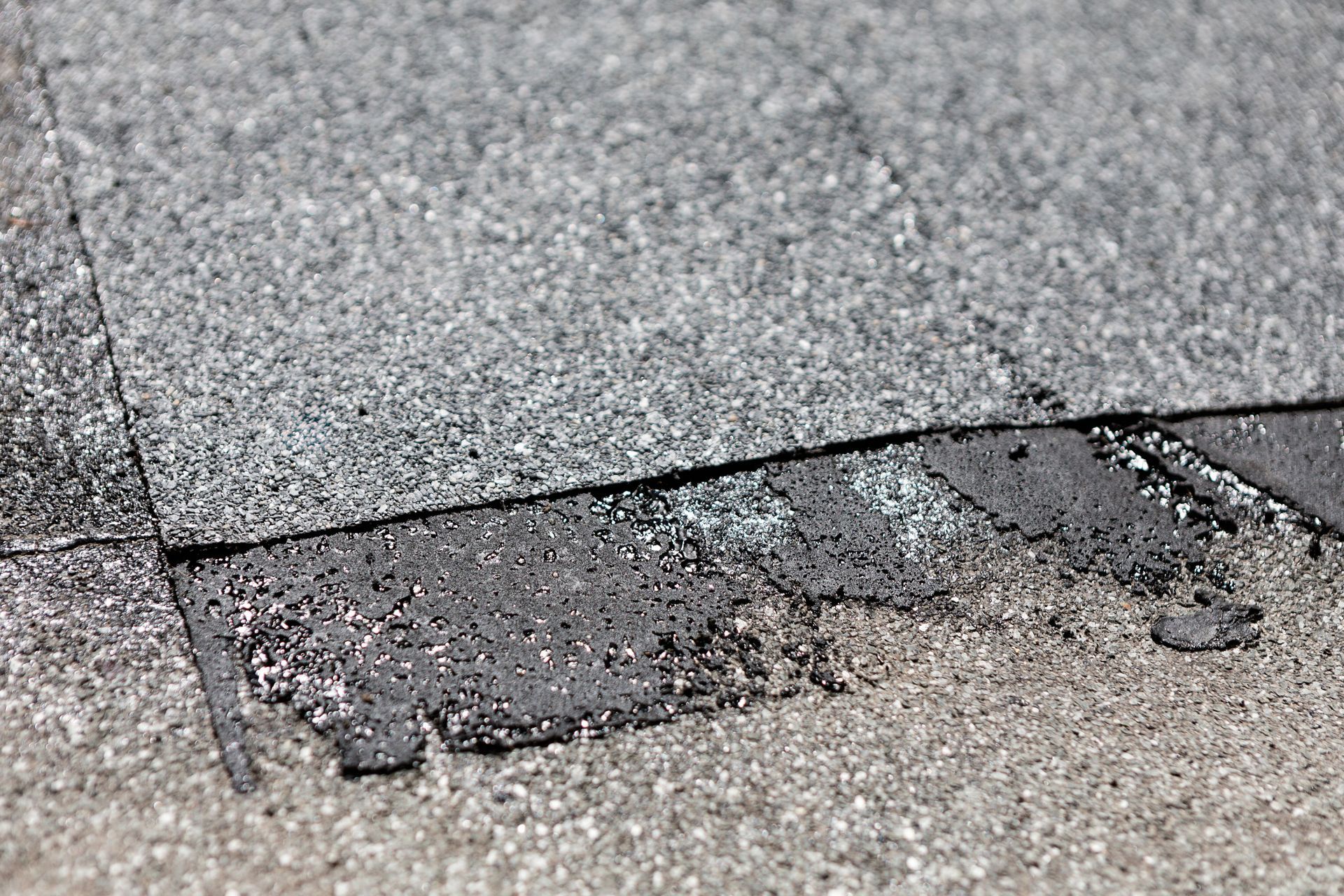Deck Sealing: How Often Should You Reseal in the Puget Sound Climate?

If you live in the Puget Sound region, you know that the climate can be both breathtaking and brutal, especially when it comes to protecting exterior wood structures like decks. With frequent rain, dense humidity, and fluctuating temperatures, outdoor decks in the Pacific Northwest are exposed to conditions that can quickly wear down unprotected wood.
That’s why regular deck sealing is essential. But how often should you reseal your deck in the Puget Sound area? The answer depends on a few key factors, including the type of wood, how exposed your deck is to the elements, and the specific sealant used.
Why Sealing Your Deck Is So Important in the Pacific Northwest
In the Puget Sound climate, wood decks are constantly battling moisture. And when water penetrates wood, it doesn’t just stain or warp the surface, it can promote mold, mildew and rot, all of which compromise the safety and lifespan of your deck.
Here’s what deck sealing protects against:
- Moisture Intrusion: Sealing creates a barrier that repels water and prevents it from soaking into the wood grain.
- Mold and Mildew Growth: Moisture in untreated wood becomes a breeding ground for spores, leading to slippery, unhealthy surfaces.
- UV Exposure: Even in cloudy climates, UV rays can dry out and bleach your deck’s surface. A good sealant protects against sun-related fading and cracking.
- Expansion and Contraction: Temperature shifts cause wood to expand and contract. A sealant reduces the risk of splitting and warping caused by seasonal changes.
If you want your deck to last more than a few years without costly repairs or full replacement, resealing is not just a recommendation, it’s a necessity.
How Often Should You Reseal in Puget Sound?
In general, decks in the Pacific Northwest should be resealed every 1 to 3 years, depending on weather exposure and the type of sealant used. Here’s a closer look at what influences sealing frequency:
1. Type of Sealant Used
- Clear sealers and water repellents typically offer 12 to 18 months of protection.
- Semi-transparent stains can last 2–3 years while still showing the wood grain.
- Solid stains or paints may last up to 5 years, but these can trap moisture if not properly maintained and are harder to remove when it’s time to refinish.
2. Amount of Sun and Rain Exposure
Decks that are fully exposed to the elements, especially west- or south-facing decks that get direct sun and rain, will need more frequent resealing. Shaded decks or those under a roof extension may last longer between applications, though mold growth can be more of a concern in these environments.
3. Type of Wood
Different wood species absorb and hold sealants differently. Cedar and redwood, which are common in the Pacific Northwest, are more naturally resistant to rot but still benefit greatly from regular sealing. Pressure-treated wood can also last longer, but it still requires a barrier against water intrusion.
4. Maintenance Practices
Regularly sweeping leaves and debris, cleaning spills and washing your deck annually will help extend the life of your sealant. However, even with good maintenance, the heavy rainfall and humidity of Puget Sound make frequent resealing a best practice.
Signs Your Deck Needs Resealing
Not sure if it’s time to reseal your deck?
Look for these telltale signs:
- Water soaks into the surface instead of beading up.
- Faded or grayish coloring on the wood, a sign of UV damage.
- Splintering or cracking boards.
- Mold or mildew spots that return quickly after cleaning.
- A general loss of sheen or protective coating.
You can also do the “sprinkle test”, splash a little water on your deck. If it beads up, your sealant is still active. If it soaks in within a few seconds, it’s time to reseal.
Don’t Delay: The Cost of Skipping Resealing
Skipping deck sealing isn’t just a cosmetic issue. Without a protective coating, your deck becomes vulnerable to:
- Wood rot, which can spread fast and require partial or full replacement.
- Unsafe conditions, such as loose boards or slippery surfaces from mold and algae.
- Pest infestation, especially carpenter ants or termites drawn to wet wood.
- Premature replacement costs, which can run into the thousands.
In short, spending a little now to reseal your deck can save you a lot in repairs and replacements down the road.
Trust Our Team for Deck Sealing in Puget Sound
Your deck is an extension of your home, a place for barbecues, family time and enjoying the beautiful Northwest views. But with great views come great responsibilities. Sealing and maintaining your deck in the Puget Sound area takes expertise, timing and the right products.
Call Chet’s Roofing & Construction Inc. today at (877) 611-1514 or schedule a free deck assessment here on our website. We’ll help keep your deck beautiful, safe and sealed for every season in the Pacific Northwest.



